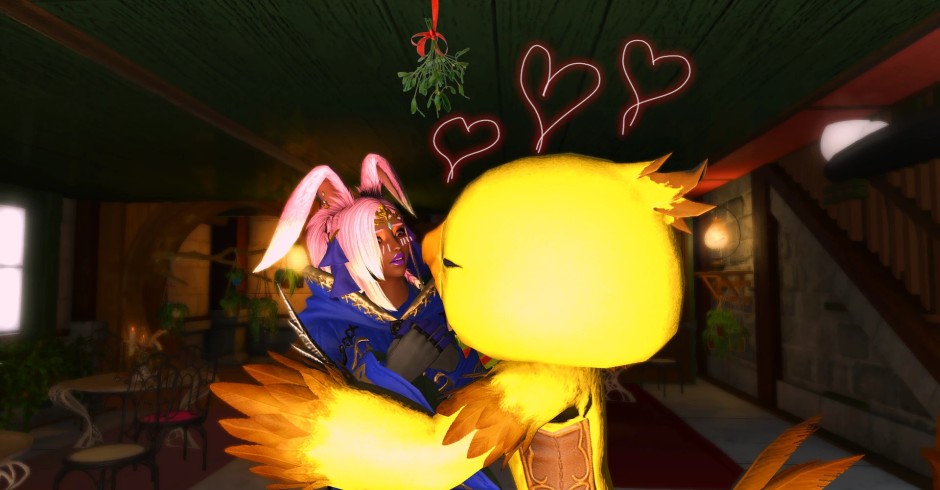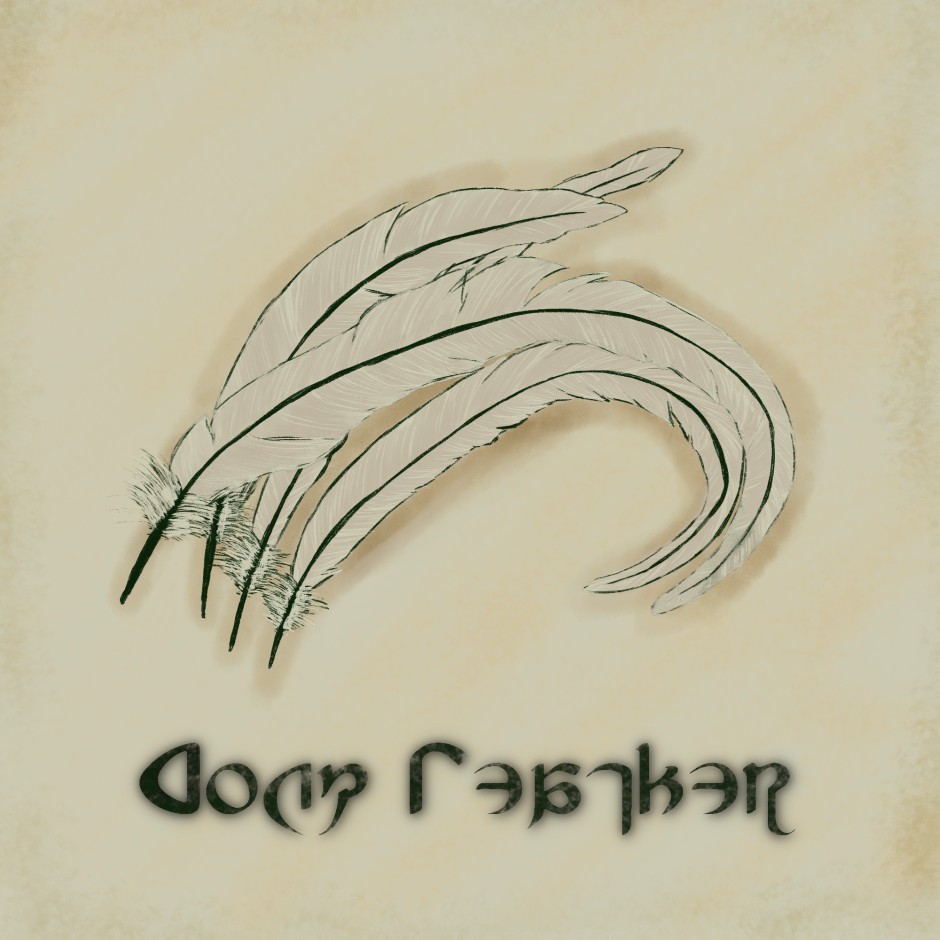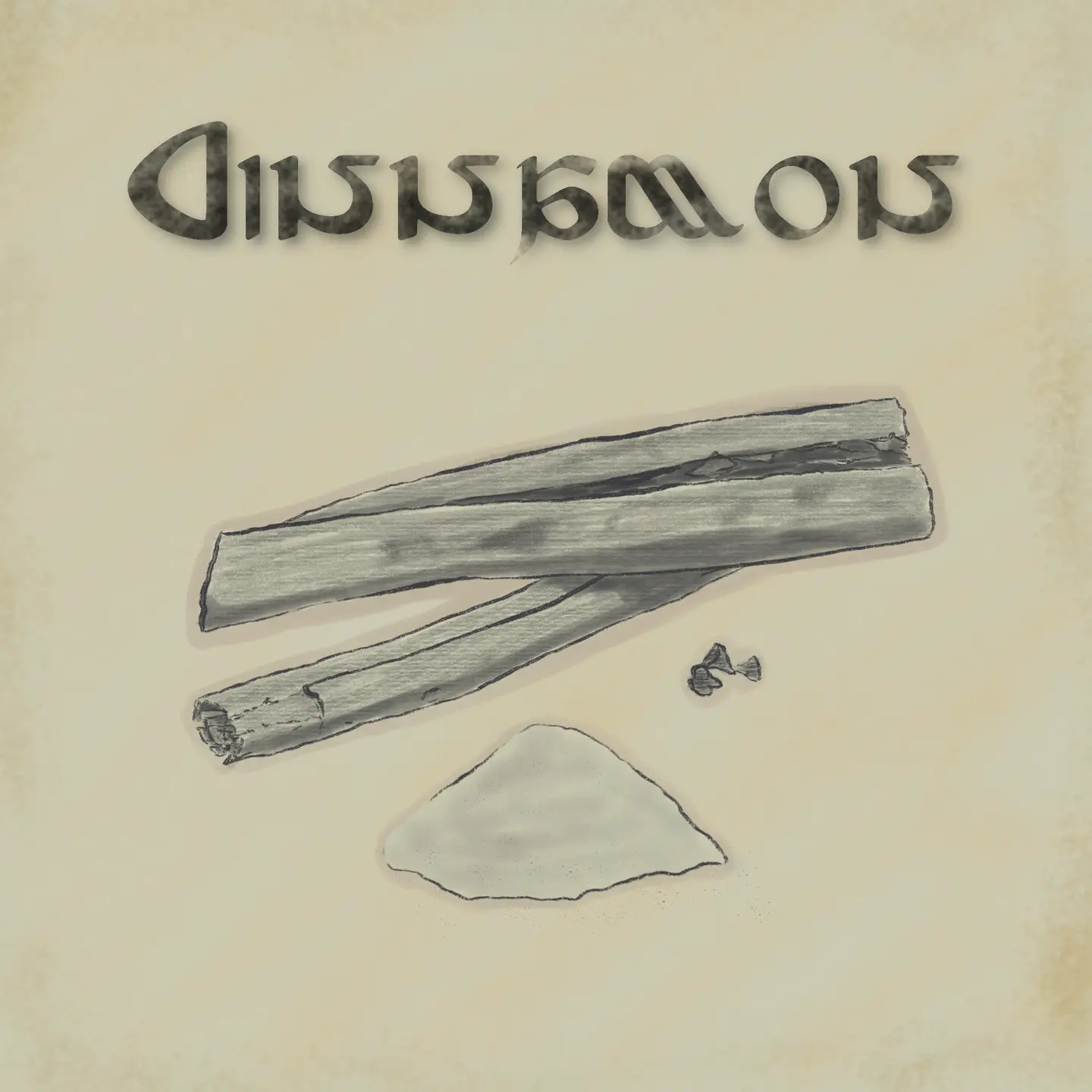A poisonous, parasitic plant which survives by attaching itself to other larger plants. It is often gathered and put on display during regional winter festivals. Level 10 Botanist Nodes - Greentear, Central Shroud & Treespeak, North Shroud
Bright Blessings, merry minstrels! Pray, let me spin you a tale?
We are nearly midway through a journey around our closest star and despite holidays being plentiful, we are almost as far from the “Holiday Season” as possible. Even so, it is never too early or too late to discuss mistletoe. An ancient part of natural magics, it plays an important part in myths and modern traditions alike.
One of the earliest misconceptions of mistletoe framed it as a panacea, a cure-all, used for its mistakenly attributed healing properties. Nowadays, we know this to be false. The plant itself is parasitic and can damage the trees it grows on, in addition to being poisonous for consumption, with side effects ranging from an upset stomach to death. With this understanding, we can better examine its magical properties, safety first, and all.

Something to mention is the appearance of mistletoe. While not unusual to see it depicted with red berries, the actual plant produces white berries. Its association with holly is likely the root of this visual confusion, a note to keep in mind when seeking to gather sprigs for yourself.
The persistence of mistletoe’s growth in harshly frigid environments has given it a symbolic representation of divinity and tenacity, though it is more commonly seen as a representation of hope and love. This is reflected in its use by young women traditionally tying some to their wrists or waists to encourage chances of pregnancy. Keeping mistletoe in the home is thought to retain the love within it, brightening feelings of affection for the residents within.

Like many magical plants, mistletoe also has protective properties, though in this case it is more suited to those who are not magically inclined. When mistletoe is found growing on a fruit bearing tree, said tree can keep witches at bay. As well as retaining love in a dwelling, its display also serves as a ward to werewolves.
Mistletoe, as an incense, can benefit the efficacy of solar ceremonies. This strong association with the sun can mask its actual alignment with wind, so it is important to remember that it is complementary to, rather than based in fire. This is seen in how it also takes the properties of the trees it springs from.
While more often than not it will be found on apple trees, mistletoe can grow on a variety of trees, something to keep in mind when cultivating your own for use in different spells. In fact, a variety of mistletoe exists across Hydaelyn!
Even though it holds many origins in natural magics, mistletoe is fortunate to be taken on in a more mainstream sense. As such, one should be mindful of its commonly accepted uses. Though it likely will not be something to consider for some time, when we do return to the “Holiday Season,” keep your eyes open for those intentionally taking up space beneath a sprig of mistletoe. They might just be looking for a kiss - though you should always ask first, of course!












